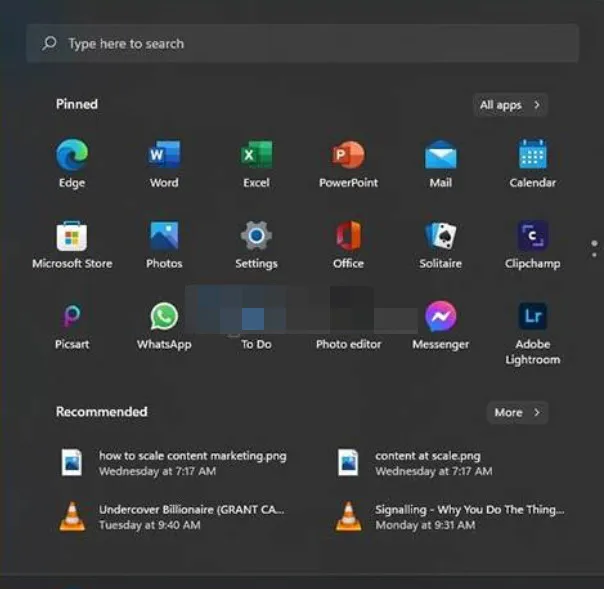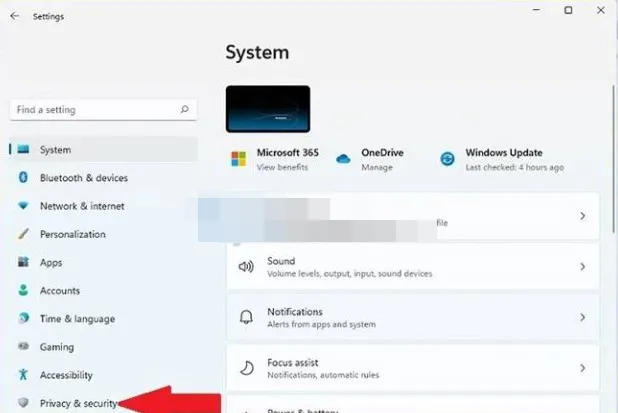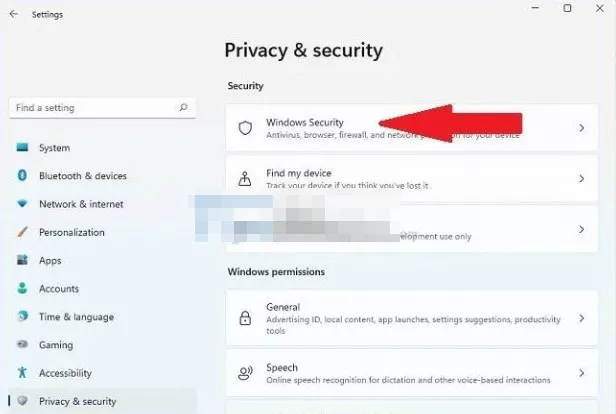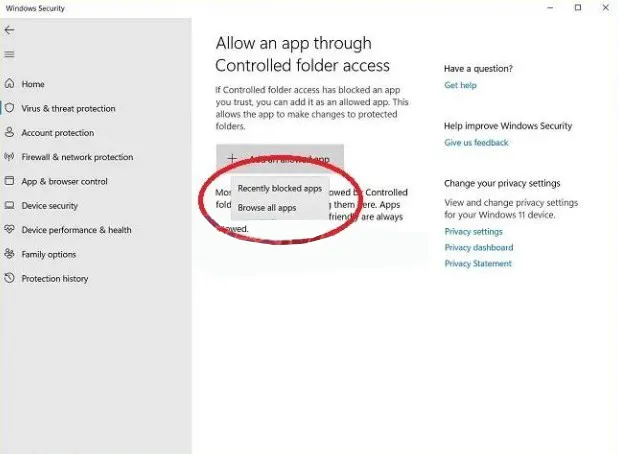Ransomware Protection is quite a useful feature that was added in Windows 11 to help owners protect their devices from ransomware. We live in a time where security is of fundamental importance and having as a priority enable protection against ransomware in Windows, something critical.
When we constantly surf the internet, it is important to stay safe at all times; By visiting a website or downloading a file, we are exposing ourselves to potential threats. In this sense, it is always advisable to check if the computer has a virus, but one of the most serious threats is undoubtedly ransomware. Luckily, the people at Microsoft thought of this and it gives us the ability to access a feature built into the OS to keep us protected.
Enable ransomware protection on Windows
Before we begin, we’ll need to make sure we’re using an administrator account. Guest accounts do not have access to this feature.

We will press the Windows key and look for the “Settings” option to access the operating system configuration menu.

Once we are in Settings, we are going to have to choose “Privacy and security” in the left sidebar.

Next, we go to the Windows Security menu.

Now we will have to click on Open Windows security to be able to access the configuration.

A new window opens, we will have to click on Protection against viruses and threats. Then we scroll down until we find the Ransomware Protection option.

We’re going to have to click on Manage ransomware protection to get a related list of options.

We will look for the option Folder controller access and we will move the switch to activate the function.
In this simple way, Windows ransomware protection is enabled. We can also add the program folders that could give incorrect warning results, it would be a way to create a kind of white list.
How to use Ransomware Protection
After we have managed to enable Ransomware Protection, we will have to whitelist several of our favorite programs in order to have controlled access to them. In this way we will be able to avoid false authentication and allow the installation of new programs.

Therefore, we are going to click on Allow an application by clicking on controlled access to the folder.

Here we will have to click on the Add an allowed application button.
A small menu is displayed where we will have two options: Examine all applications will open a pop-up window that will allow us to choose one or more executable files with the .exe extension; on the other hand, in Recently blocked applications, we can eliminate harmful or unwanted applications, even restore the ones we want to keep.
To avoid mistakenly marking legitimate software or applications as ransomware, we recommend adding them to the Protected Folders section.


